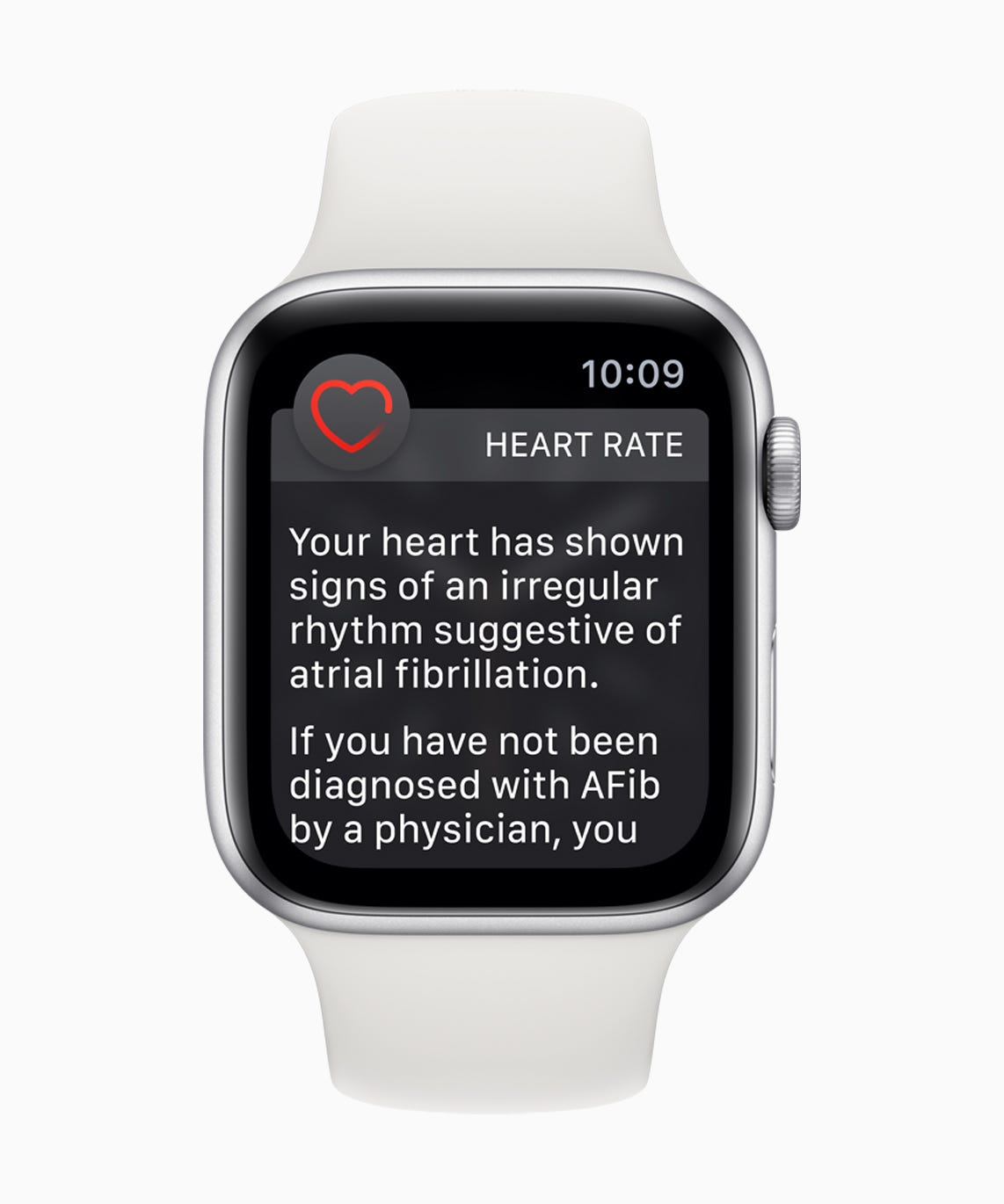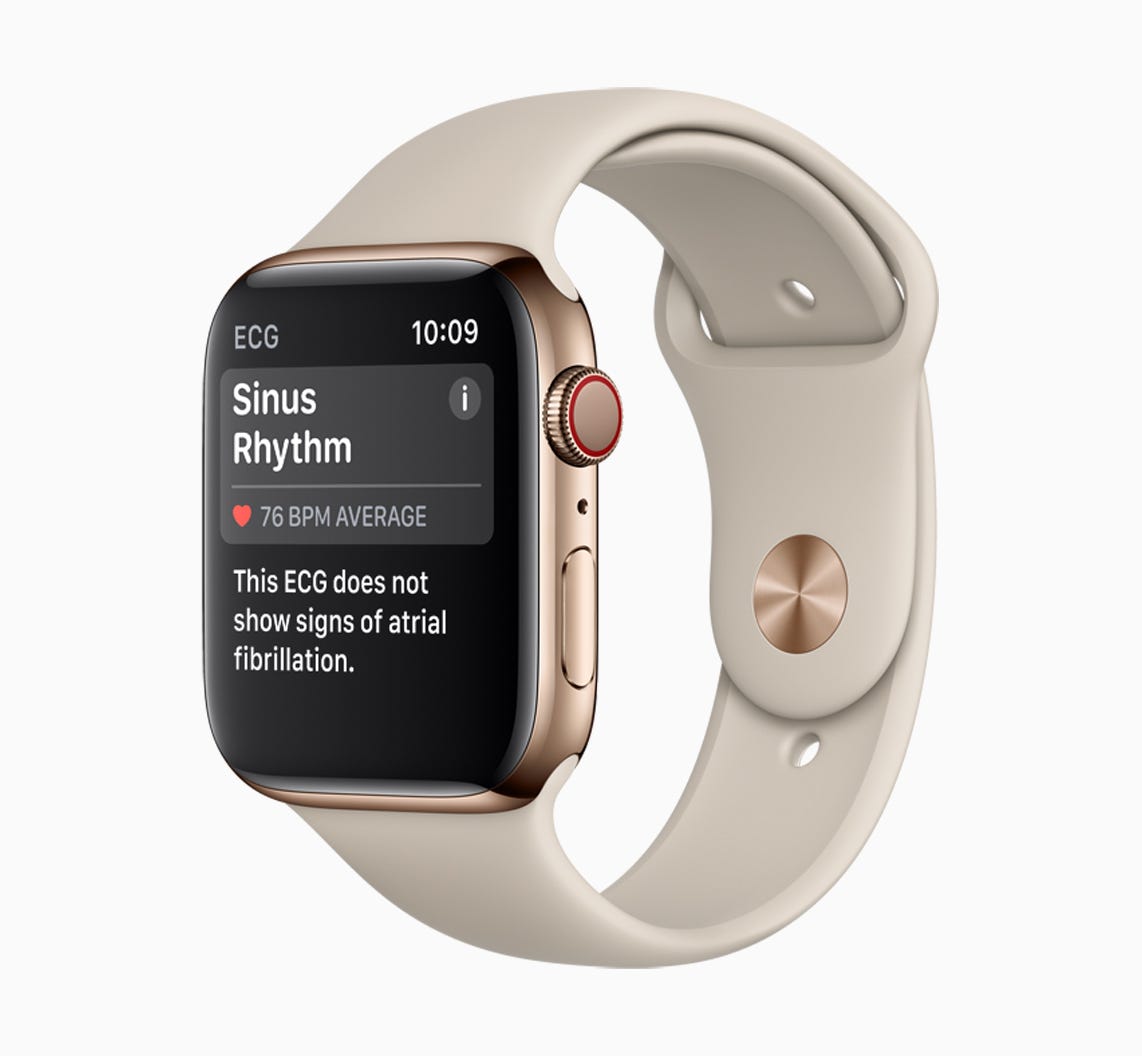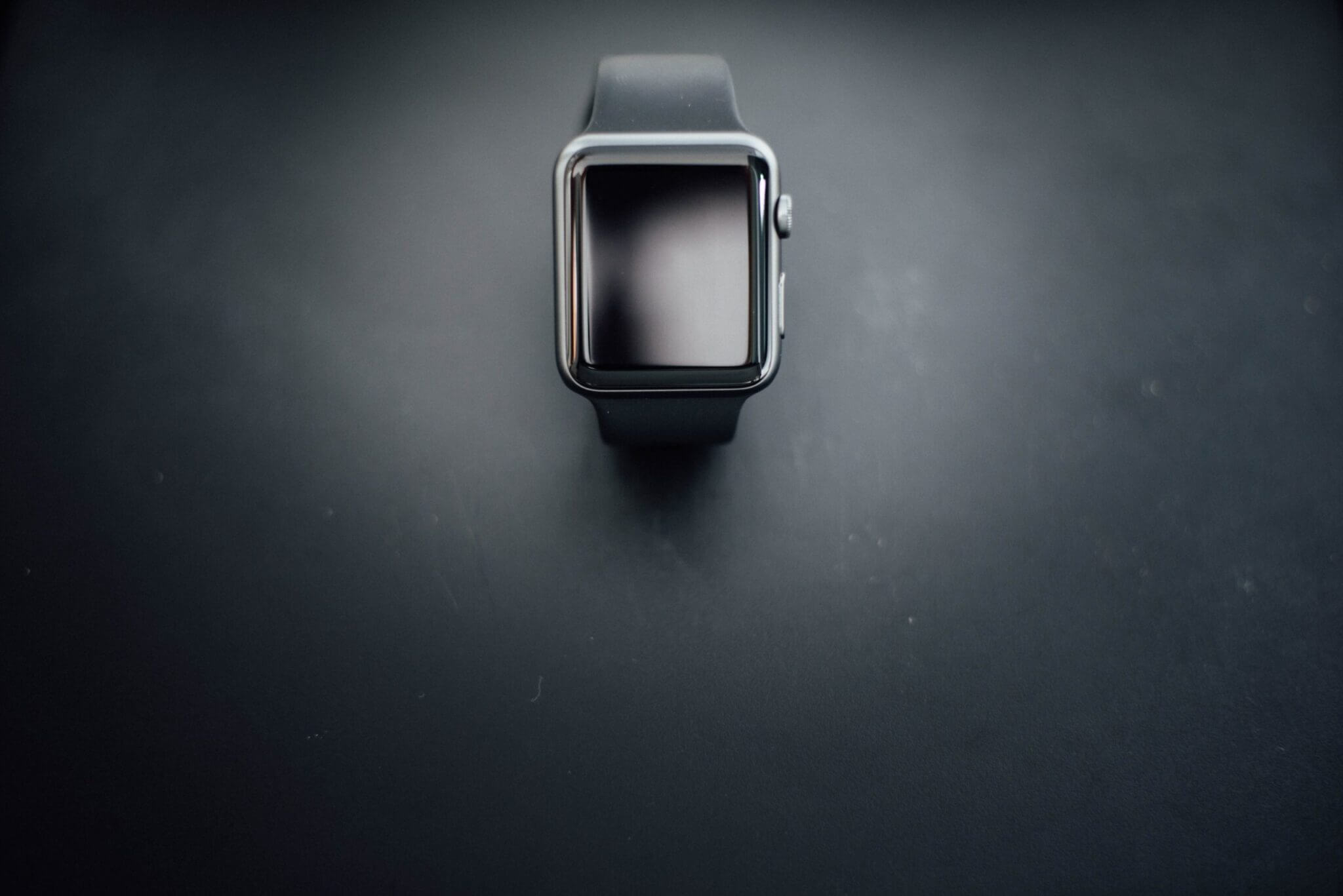Apple took a major step forward to influence the future of healthcare with the release of an ECG app and irregular heart rhythm notification. With the Apple Watch Series 4, users can take an ECG similar to a single-lead reading. And owners of Apple Watch Series 1 or later (with watch OS 5.1.2) can get notified if an irregular heart rhythm such as atrial fibrillation (AFib) is identified (per the American Heart Association, AFib is present in about one in five strokes.) The new functionality has already been credited with saving one man’s life. The release of the app also comes with a challenge: earning credibility with physicians, who have voiced concerns about people misreading the app’s data. But Apple is up for the challenge — and will succeed. That’s because for years, Apple has built partnerships across the healthcare ecosystem. Those partnerships have provided a proving ground for Apple’s healthcare apps and generated a reservoir of goodwill for one of the world’s most valuable brands.

A Healthcare Strategy
The ECG app, announced at Apple’s September 12 Special Event, support Apple’s strategy to improve healthcare by being the data backbone for patient care. That strategy has three key elements:
- Software for patients and providers to monitor and share data, which is where apps come into play.
- Hardware: the Apple Watch and iPhone to create an ever-present device platform.
- Relationships with healthcare providers such as hospital networks to monitor and share wellness data.
Apple’s penetration of healthcare supports its growth in both wearables and services, two categories that, while small, are contributing more to Apple’s revenue growth based on its fourth-quarter earnings results announced November 1. But with healthcare, CEO Tim Cook has loftier aspirations than generating more revenue. As he told TIME recently, “Apple’s largest contribution to mankind will be in improving people’s health and well-being.”
His focus on wellness care in particular positions Apple well. The PwC’s Health Research Institute (HRI) cites wellness care as one of the top forces shaping the future of healthcare industry, with wellness accounting for $276 billion of the $5 trillion U.S. healthcare ecosystem.
Reaction from Physicians
But to improve health and well-being, Apple needs to have physicians on board. Some have been publicly critical of the ECG app, while others have been supportive. The announcement of heart monitoring features during Apple’s September Special Event almost immediately triggered concerns from physicians who worried that patients would misdiagnose themselves. But the announcement also came with support from the medical community. For example, Christopher Worsham, a critical care physician at Massachusetts General Hospital, and Anupam B. Jena, an internist at Massachusetts General Hospital, wrote in Harvard Business Review, “ . . . doctors shouldn’t be too quick to dismiss the new feature, particularly as it appears amidst growing consumer enthusiasm for wearable devices that measure health behaviors. The Apple Watch has the potential to provide valuable data that benefits the entire health care community.”

Now that the ECG app is live, Apple has experienced both criticism and good PR. On the one hand, an Orange Country cardiologist, Dr. Brian Kolski, has complained about numerous patients contacting him because they thought their Apple Watches were reporting heart problems when in fact nothing was wrong. Dr. Kolski discussed a patient who contacted him in the middle of the night, panicking about a heart reading he’d seen on his Apple Watch.
“He texted me the strip, and it was completely normal,” Dr. Kolski told The Orange County Register. “This was a healthy 45-year-old man who was playing around on his watch and went into a major panic.”
On the other hand, the new features are generating positive news coverage for Apple. TechCrunch and ABC News have already reported the case of Ed Dentel, whose physician told him that the new app likely saved his life by notifying him of an abnormal heart rate. Dr. Sanjay Gupta, CNN’s chief medical correspondent, tested the ECG app and reported it to be “remarkably easy” although he cautioned users to use the app with care.

“The app may also increase visits to the doctor from newly concerned patients,” he wrote. “Still, there has been considerable enthusiasm from the medical community as a whole . . . There is no doubt Apple is counting on doctors to use the data collected by the Apple Watch. The company has made it easy to upload your ECG, along with a description of your symptoms, to your personal doctor directly from the app to facilitate that communication. It’s all part of their big bet on making an impact in health care.”
Strong Relationships in Place
The PR is important, and so is the data that Apple cranks out to substantiate the value and accuracy of the ECG app. But Apple already has something else going for it: a demonstrated ability to forge partnerships with the medical community. The launch of the ECG app is just the latest in a long list of Apple’s accomplishments on the road to become a healthcare player — and those successes have come through partnerships with physicians that I discussed in my recent white paper, Dr. Apple Will See You Now. For example:
- In 2014 Apple, launched HealthKit to give Apple users a central repository to track health and fitness data on their Apple devices. In February 2015, Ochsner Health System in New Orleans launched its “Hypertension Digital Medicine Program,” which relies on HealthKit to help patients measure and share with the provider their own blood pressure and heart rates. Oschner adjusts (in real-time, if needed) patients’ medications and lifestyle counseling based on the findings.
- In 2015, Apple released ResearchKit, an open source software framework designed for medical and health research, intended to help doctors and scientists gather data more frequently and more accurately from participants using iPhone apps. The University of Rochester has used ResearchKit to build an app for the largest Parkinson’s study in history. According to Apple, “the app helps researchers better understand Parkinson’s disease by using the gyroscope and other iPhone features to measure dexterity, balance, gait, and memory.”
- In January 2018, Apple announced that its Health app will make it possible for users to see their medical records right on their iPhones, which would thus empower potentially 90 million Americans who own iPhones. When Apple launched the capability, the company came out of the gate with 39 hospital networks participating. (Apple keeps a running list of participating hospital networks on its website.)
Apple has published more examples of successful physician collaboration. For instance, at Johns Hopkins, physicians provide epilepsy patients with Apple Watches to track their seizures, possible triggers, medications, and side effects. Thanks to a special app developed by Johns Hopkins, the EpiWatch, patients have access to their personal information through a dashboard that also shares data with providers if the patient wants to do so. Patients can also send a message to family members and providers to let them know when the patient is tracking a seizure. Johns Hopkins is collecting this data to eventually understand how to predict seizures before they happen.

Hiring Physicians
Reportedly, Apple’s journey to healthcare prominence also means hiring approximately 50 physicians. CNBC cited the example of hiring hired an orthopedic surgeon, Sharat Kusuma, who leads a team working with medical device maker Zimmer Biomet “to study whether Apple technology can help patients recover from knee and hip replacement surgeries.” In a December 12 article, Christina Farr of CNBC wrote, “The hires could help Apple win over doctors — potentially its harshest critics — as it seeks to develop and integrate health technologies into the Apple Watch, iPad and iPhone.” She added,
Doctors can also help Apple guide the medical community on how to use Apple’s new health technologies and to deflect criticism. As an example, when Apple announced its electrocardiogram sensor to track heart rhythm irregularities, the company put up a website to help answer physicians’ questions. That’s important because there’s a very high bar to win approval among doctors who fear liability and are already overburdened by technology.
And here is where Apple’s established relationships with medical networks will pay off. Apple is not trying to build relationships and credibility from scratch. Apple already possesses goodwill by proving itself through efforts that precede the ECG app (such as those cited above). And Apple’s other ace in the hole is usage among physicians: 75 percent of doctors in the United States own some form of Apple device, according to a study by Manhattan Research.
We all know Steve Jobs was the super power who made Apple synonymous with changing the world. But Tim Cook is building a legacy, too, around healthcare. That’s because Apple is improving healthcare through partnerships, not disruption.
About the Author
This article was written by David Deal, CEO of David J. Deal Consulting. See more.





























